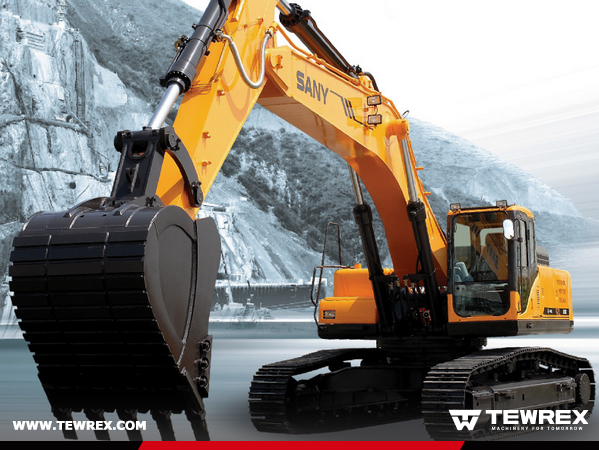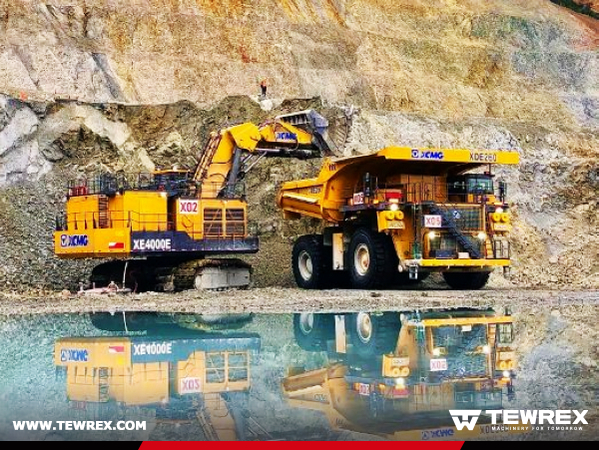
"Lifting" is to lift heavy objects, which can meet the requirements of vertical lifting of heavy objects. As the most basic item in crane work, it is the soul of the entire lifting work; if objects need to be moved horizontally, use The second job is "running"; "luffing" is to lift long-distance objects by changing the length and angle of the crane jib; after the lifting is completed, if you want to transport the heavy objects back , the fourth job comes in handy, that is, "swivel", the rotating jib around the crane for transfer.
These four tasks constitute the complete operating system of the crane. In the daily work of the crane, whether it is a single work item or a combined work item, it can accurately move the item to the designated position.

In fact, the wise ancients also began to build the prototype of the crane early.
In 10 BC, the ancient Roman architect Vitruvius described a lifting machine in his architectural manual. This machine has a mast with a pulley on the top of the mast. The position of the mast is fixed by a guy cable, and the cable passing through the pulley is pulled by a winch to lift the heavy object. Some super-heavy machinery can use two masts to form a herringbone shape to move the hoisted object laterally, but the range is very small and the operation is very laborious.
In the 15th century, Italy invented the jib crane. In the middle and late 18th century, after the British Watt improved and invented the steam engine, it provided power conditions for lifting machinery. In 1805, English engineer Lenny built the first batch of steam overweight machines for the London Dockyard.
In the early 20th century, Europe began to use tower cranes. With the advancement of technology, cranes can now be divided into light and small lifting equipment, bridge type (bridge type, gantry crane), jib type (self-propelled, tower type) according to their structural forms. type, portal type, railway type, pontoon type, mast crane), cable type and other categories.








